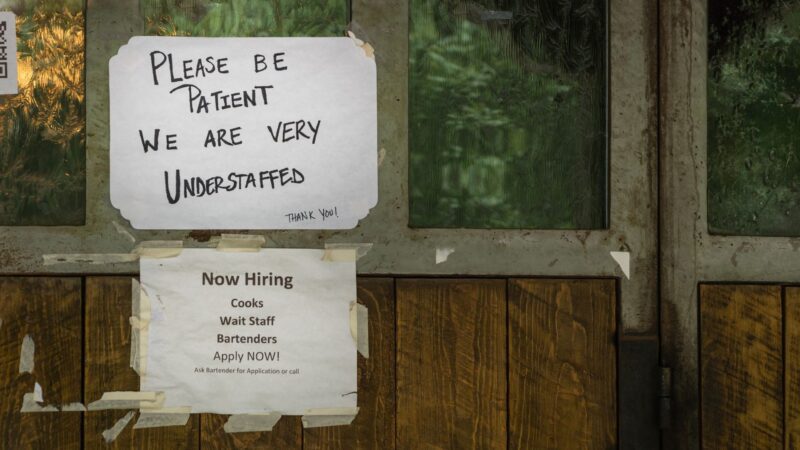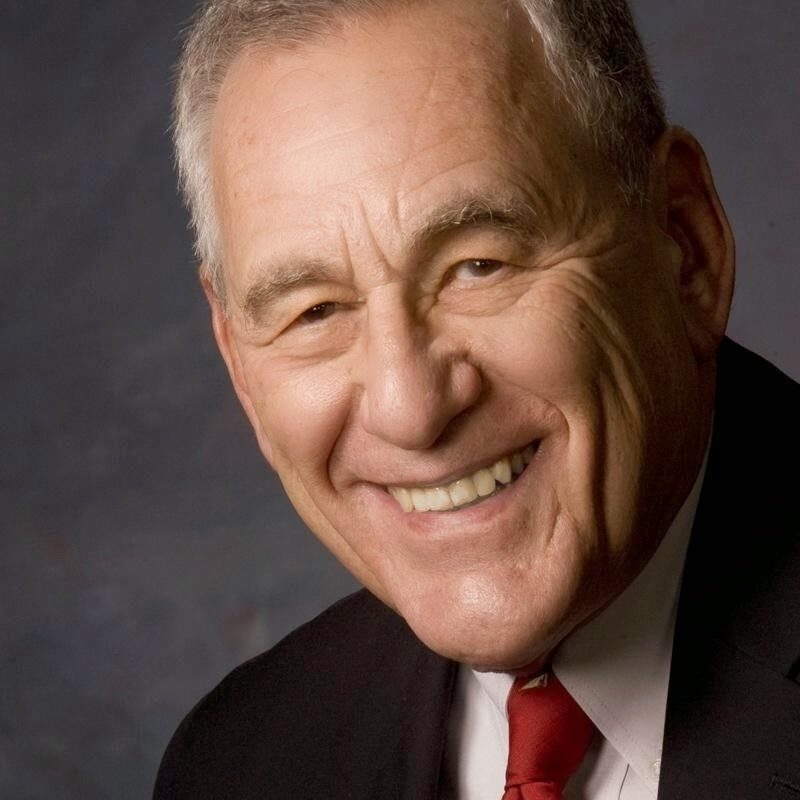Help wanted.
These words are usually a sign of prosperity and opportunity. Now they are a symbol of frustration as employers search in vain for workers.
The conventional wisdom had been that when COVID-19 cases went down, so would unemployment. Some maintained that federal unemployment benefits were discouraging people from job seeking, but that would change once the benefits ended.
The reduced number of coronavirus cases produced the expected results. Unemployment dropped from an April 2020 peak rate of 14.8% to 5.2% in August 2021. Some of the reduction resulted from people leaving the work force.
Then came the Delta variant, breakthrough cases among already vaccinated people, and cases among people who refused shots or to wear masks. Full economic relief from the coronavirus remained out of reach.
Beyond COVID’s comeback, the effect of cutting benefits disappointed expectations. Some states with Republican governors halted federal unemployment payments. The jobless rate increased in those states while declining in states continuing to provide income support.
Reactions to the threat of illness spread across the economy. Some workers chose early retirement as their response to the need to protect themselves. Many will not return to the work force, though they’re not seniors.
Early retirees may reduce the labor market. It will affect Social Security by reducing payroll tax revenues, while increasing outlays for benefit payments at least in the short term. That will force Social Security reform even sooner than expected.
Choosing different lives
Lifestyles have been changed by the coronavirus. Some women have chosen to remain home rather than return to work. Not only do they appreciate family life and time with their young children, but they face difficulty in finding child care help.
Social changes reflect what may be the most significant result of COVID-19. Forced to stay at home, some workers find that even with reduced income, added family time suits them. Or they prefer the newly discovered attractions of remote work over commuting to jobs in offices or stores.
Workers’ happiness may depend more on their state of mind than the state of their savings. Even if only relatively few workers are affected by the decision to stay home, it could significantly impact the labor force.
These COVID-19 effects help explain why the labor market remains tight, resulting in a reduction in services and sales. But they overlay longer-term changes that were growing even before the pandemic and are likely to remain after it is brought under control.
With the aging of Baby Boomers — people born in the first two decades after World War II — the American population is growing older. That means more people seek services but there are fewer to provide them.
The Maine perspective
Nowhere is that more evident than in Maine, the state with the oldest average age. It is a model for the aging of America.
In Maine, the natural change in the population is negative: More people die than are born each year. The state’s small population gain results from new arrivals, many of them retirees. They add to today’s economic pinch resulting from more consumers but fewer providers.
Another basic factor in the tight labor force is the mismatch between the kind of jobs that are emerging and the skills of the labor force. Unemployed people lack training and experience needed in fields from technology to elder care, as the Maine Department of Labor has found.
Of course, not all Help Wanted signs are for computer whizzes or trained healthcare aides. Some require manual labor. The lack of young people entering the work force contributes to the shortage. Historically, a key labor source has been entry-level immigrants, but the confused national immigration policy has thrown up obstacles.
Poor pay is also a factor. Worker reactions are similar to the days of powerful organized labor. People won’t return to work unless they are better paid. Not long ago, employers’ opposition thwarted a $15 hourly minimum wage. Quickly, those political battles over raising the minimum wage became less relevant.
As employers began to experience a loss of business because of reduced hours or services after workers stayed home rather than accept low wages, they had to increase pay. Workers are increasingly paid in line with their value and not their cost. Pay levels of $15 or more are becoming a lure to bring workers back.
COVID-19 shrank the labor supply, adding to underlying economic forces already at work. As the economy adjusts to a new normal, relieving the tight labor market will impose a cost. Prices can be expected to increase to pay for change, especially to boost wages.
If the market economy is to recover, the concept known as TANSTAAFL will prevail. Translation: “There ain’t no such thing as a free lunch.”




